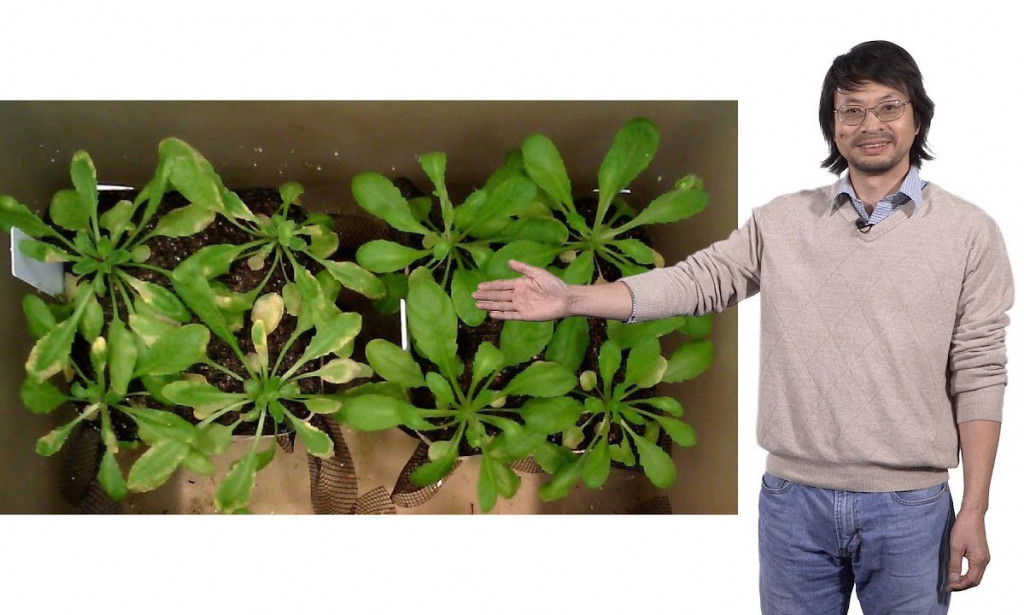Plants have developed very sophisticated mechanisms to recognize a foreign organism and defend itself from it. Plants have several preformed physical barrier (e.g., wax layer, trichomes) and chemical (toxins), to prevent the attack from disease causing organism. In case of bio-trophic pathogen, in addition to physical barrier, plants activate a multilayered innate immune system to protect themselves against pathogen attack. The plant immunity response typically consists of two stages: pathogen-associated molecular pattern-triggered immunity (PTI) and effector-triggered immunity (ETI) (Jones and Dangl, 2006).
Basal Defense System (PAM Triggered System)
The first layer of plant’s innate immunity is called PAMP or MAMP or NAM-triggered immunity which is activated following the detection of non self epitopes by extracellular pattern recognition receptors known as pattern-recognition receptors (PRRs). PAMPs include molecules which are parts of molecules accidently released by an invading pathogen or present as a structural component at the pathogen’s surface such as lipopolysaccharide and chitin, the cell wall components of bacteria and fungi, as well as bacterial flagellin or virus-derived double-stranded RNA (Nurnberger, et al., 2004, Boller and Felix, 2009). These immune receptors (PRRs) are transmem-brane proteins located at the cell surface. They typically consist of an extracellular leucine-rich-repeat, a trans-membrane domain, and a cytoplasmic kinase domain (Monaghan and Zipfel, 2012). Binding of these immune receptors to PAMPs induce PAMP triggered immunity (PTI) by triggering signaling cascades that initiate mitogen-activated protein kinase (MAPK) cascades, production of reactive oxygen species (ROS), production of antimicrobial compounds, altered ion fluxes, an increase in intracellular Ca2+ concentration, expression of pathogenesis related (defense) genes, protein phosphorylation, changes in protein–protein interactions and localized callose deposition cell walls (Zipfel, 2009).
Effector-triggered Immunity
However, PAMP-triggered immunity (PTI) induces relatively low-intensity responses and provides less protection against the majority of pathogens (Chisholm, et al., 2006). Besides, host-adapted pathogens nematodes can able to suppress PAMP-triggered immunity (PTI), often by delivering so-called effectors proteins into the host cytoplasm that interfere with intracellular signaling pathways induced by PTI mechanisms. In turn, plants have evolved mechanisms to recognize specific pathogen effectors protein that suppress PTI, by the nucleotide-binding and leucine-rich repeat (NB-LRR) proteins encoded by disease resistance (R) genes and also induce effector-triggered immunity (ETI) (Jones and Dangl, 2006). The immune receptors for ETI, called resistance (R) proteins, consist of a leucine-rich-repeat domain attached to a nucleotide binding domain with a coiled–coiled or toll-interleukin receptor N-terminal domain (van Ooijen, et al., 2007). Most of R-protein located inside the cytoplasm, but a few also reside on the plasma membrane with their leucine-rich-repeat facing the apoplast.


You must be logged in to post a comment.